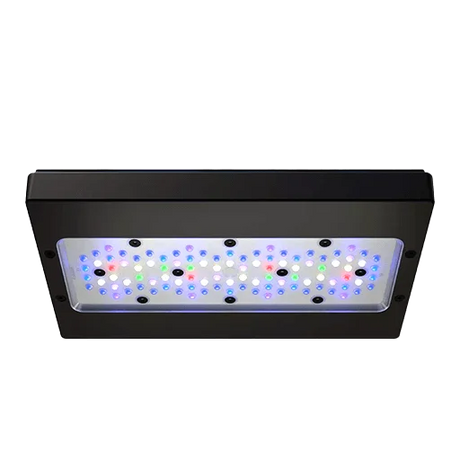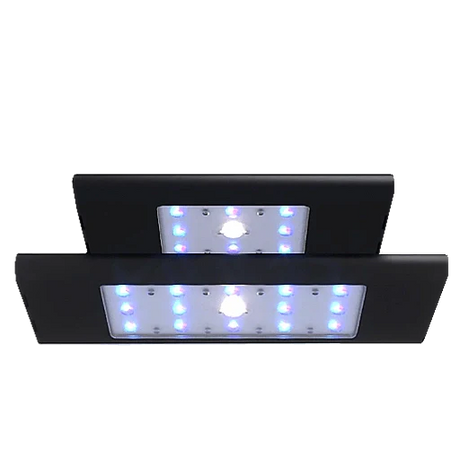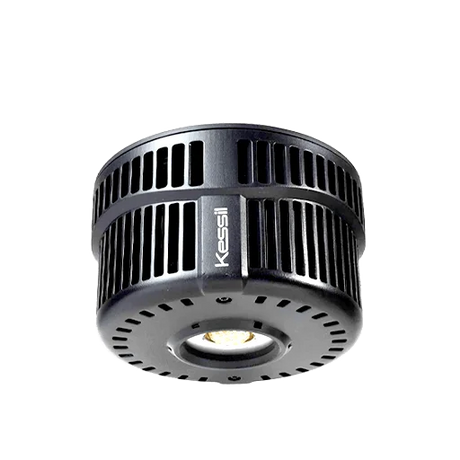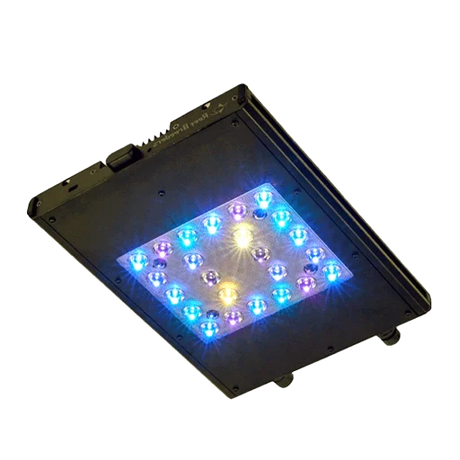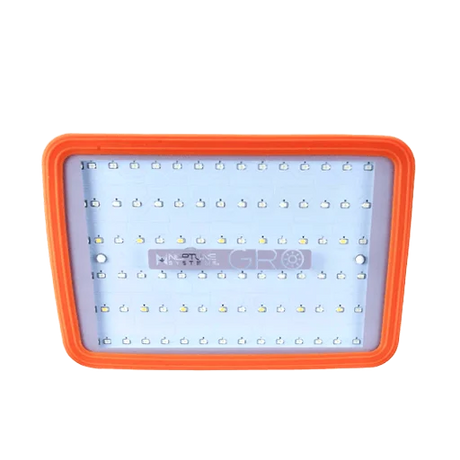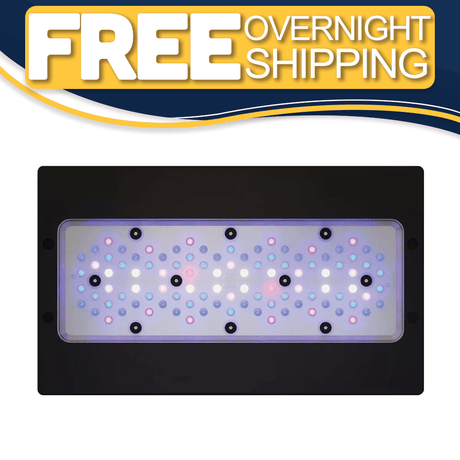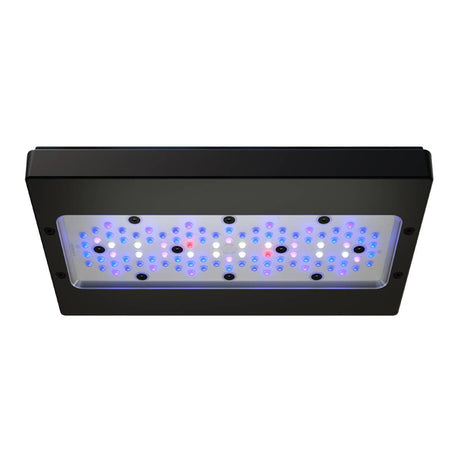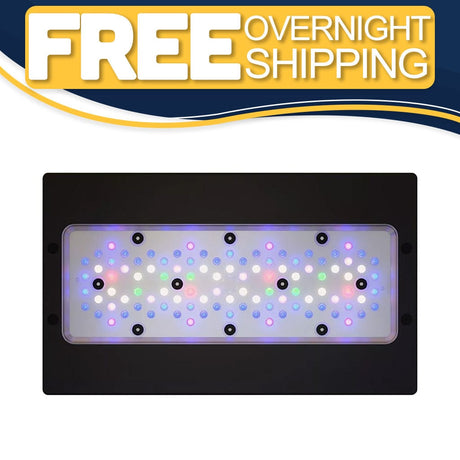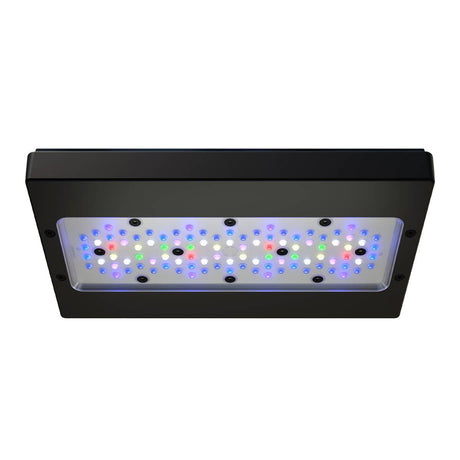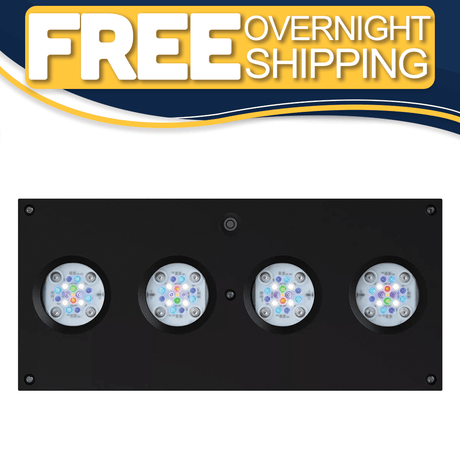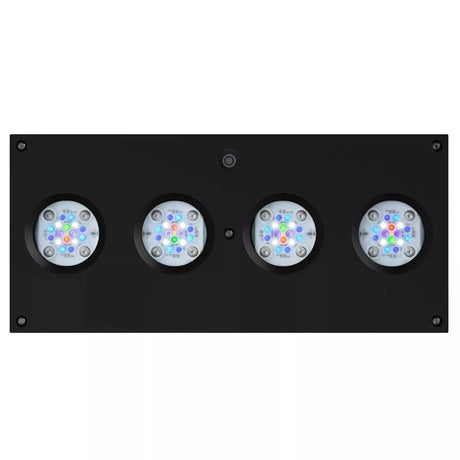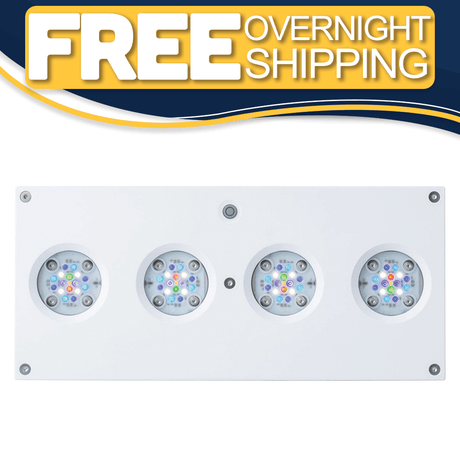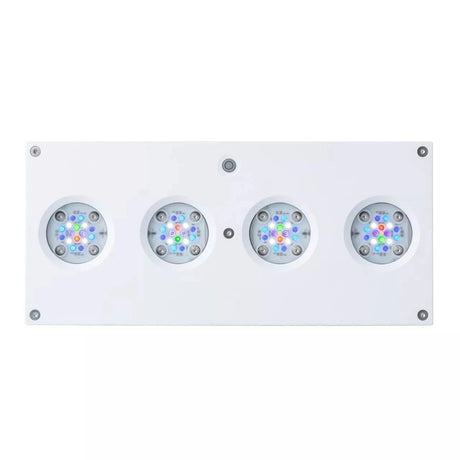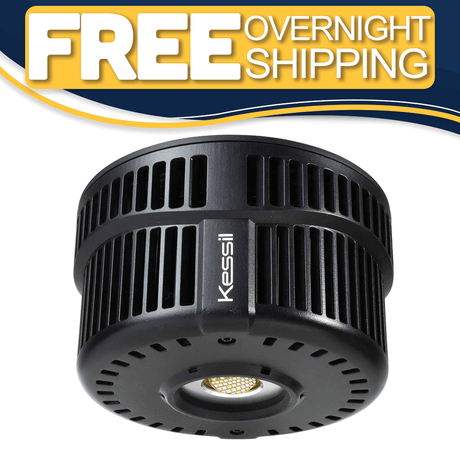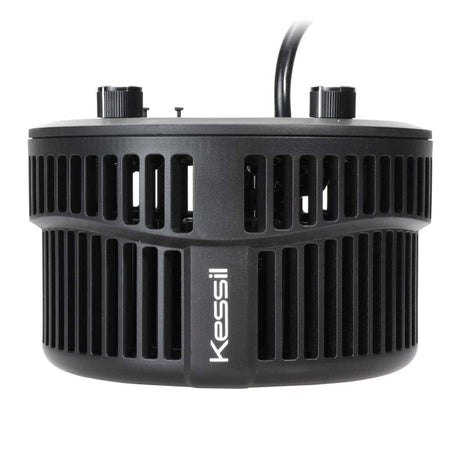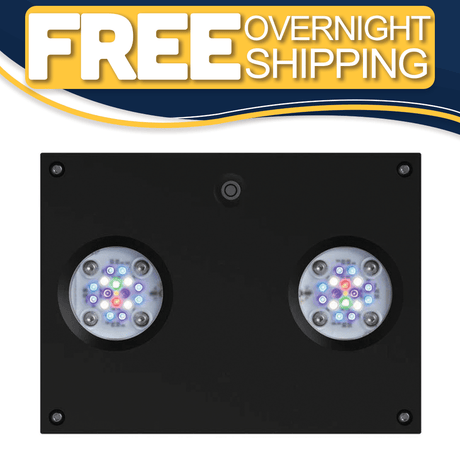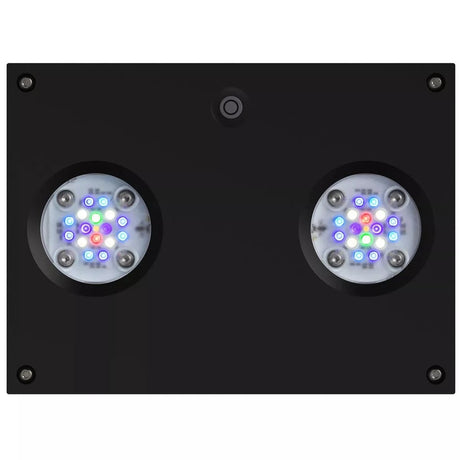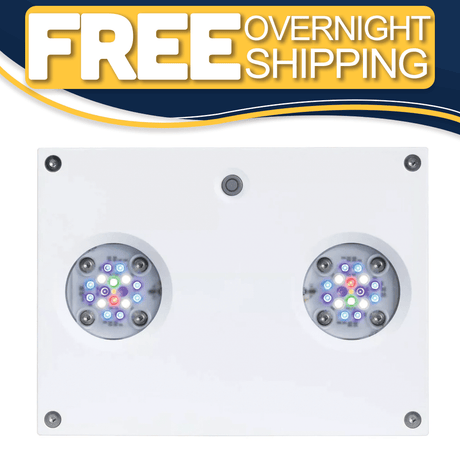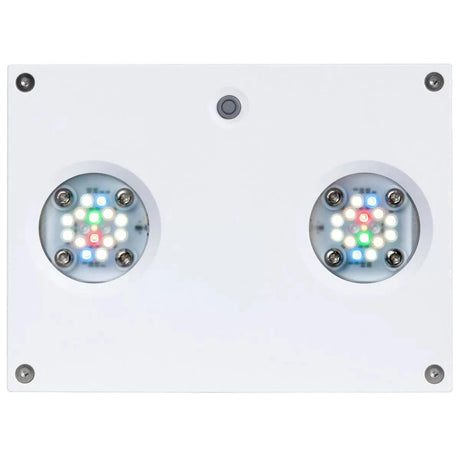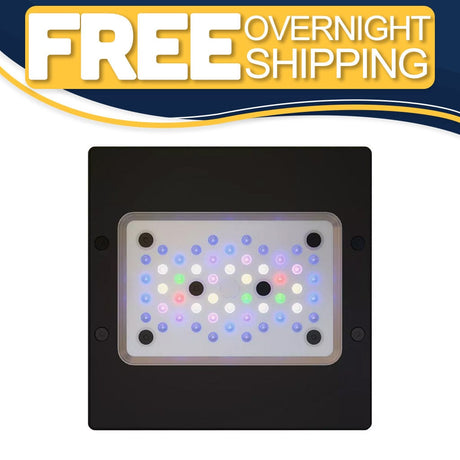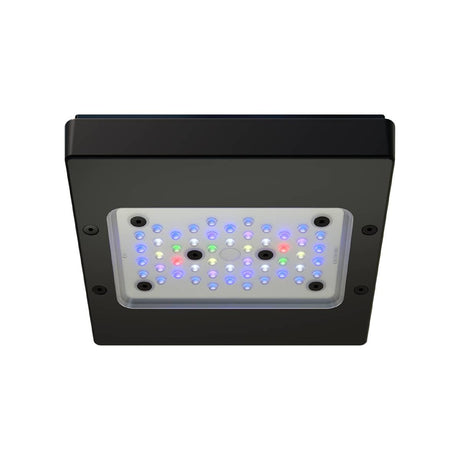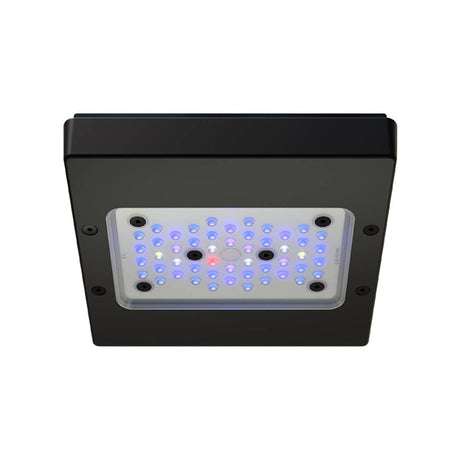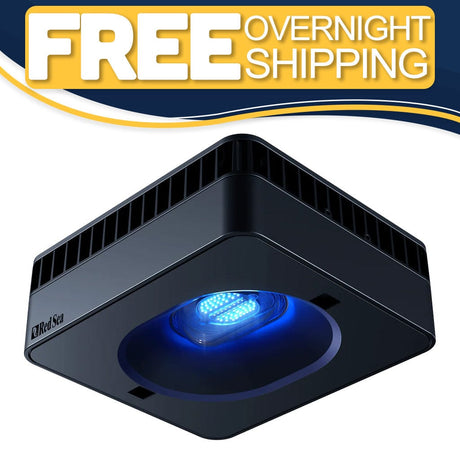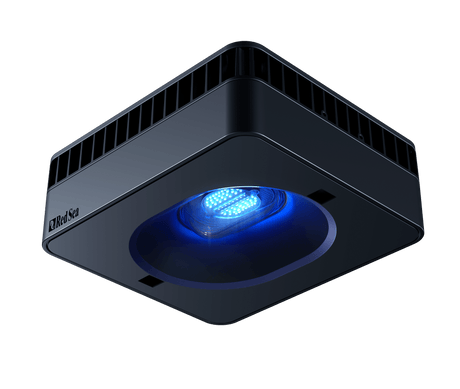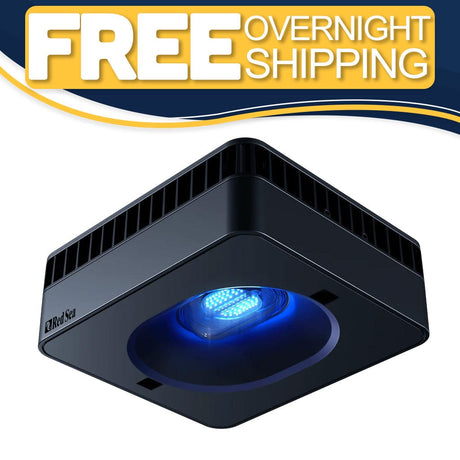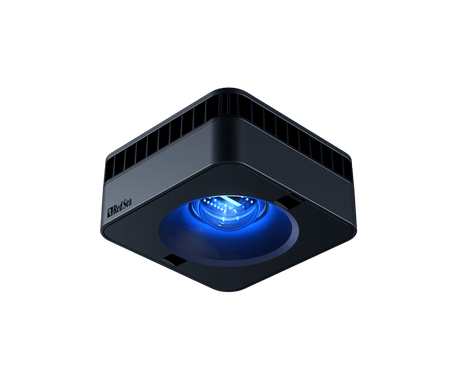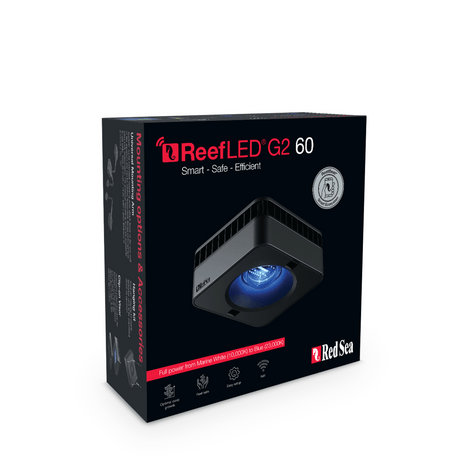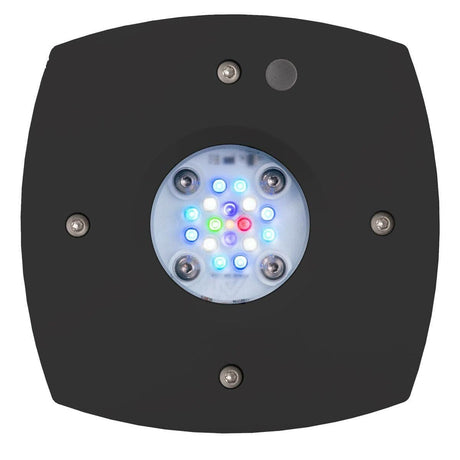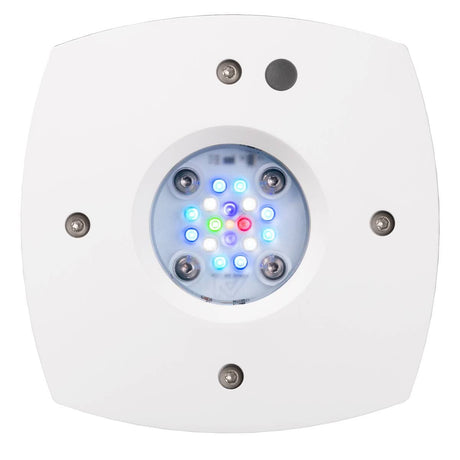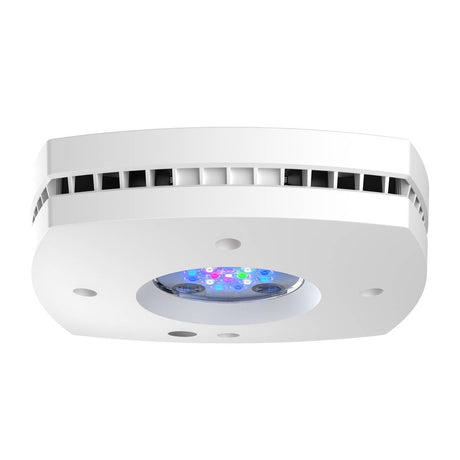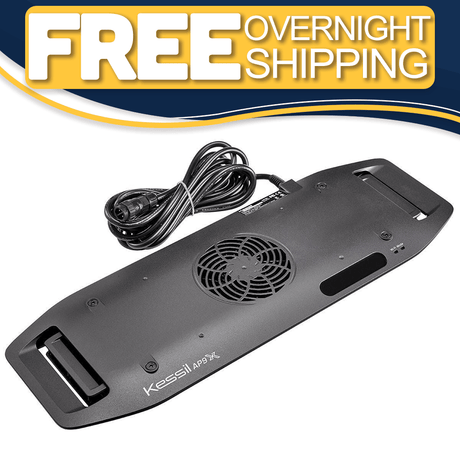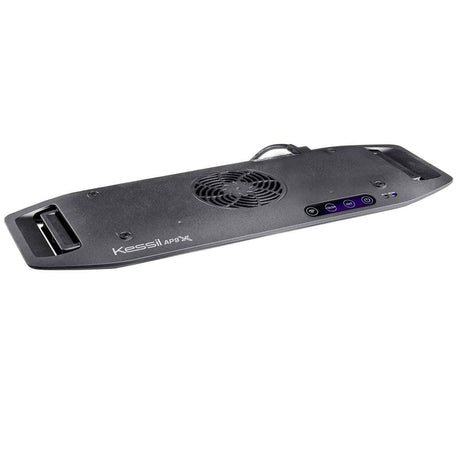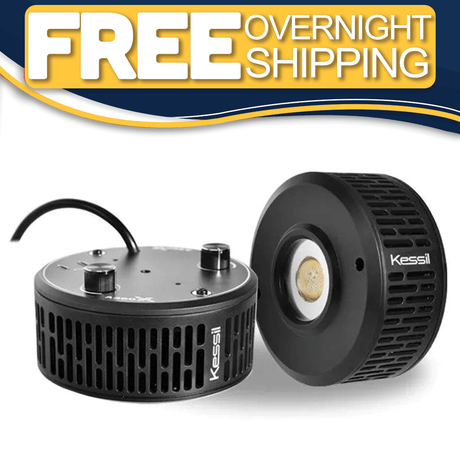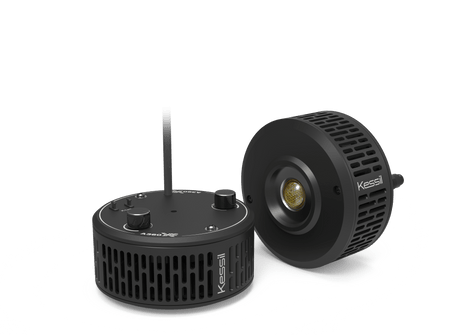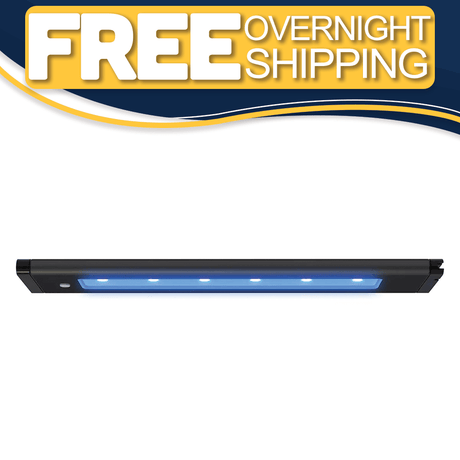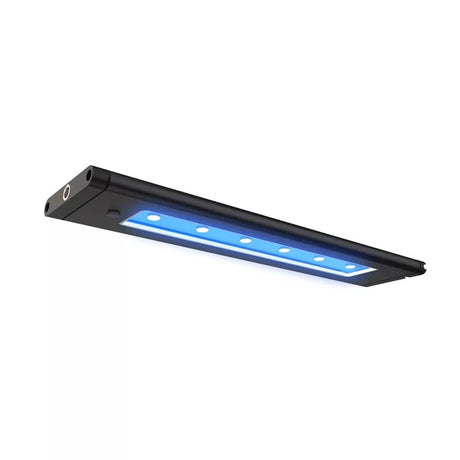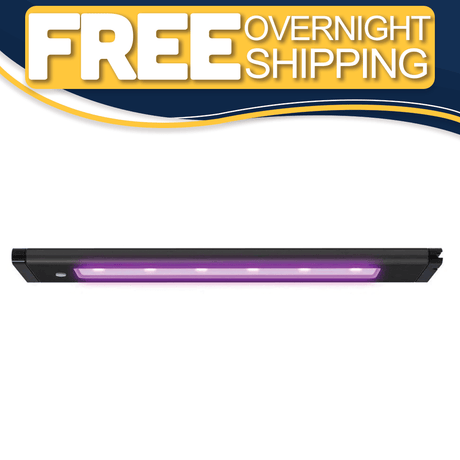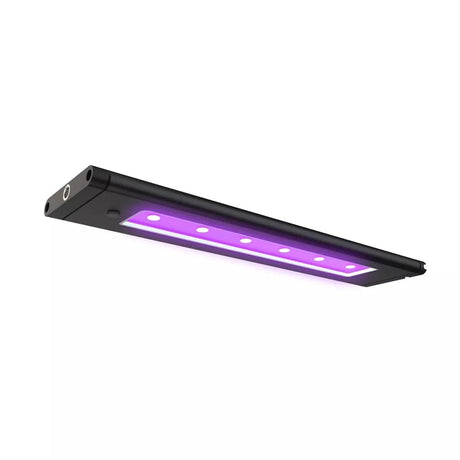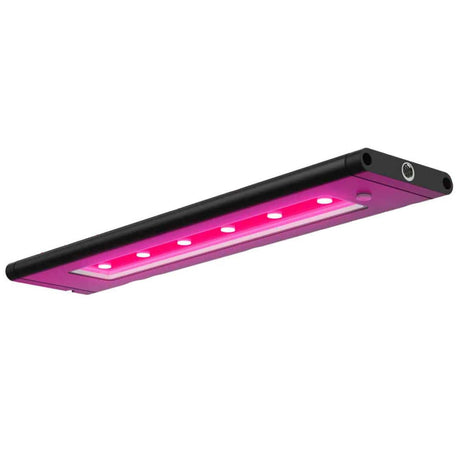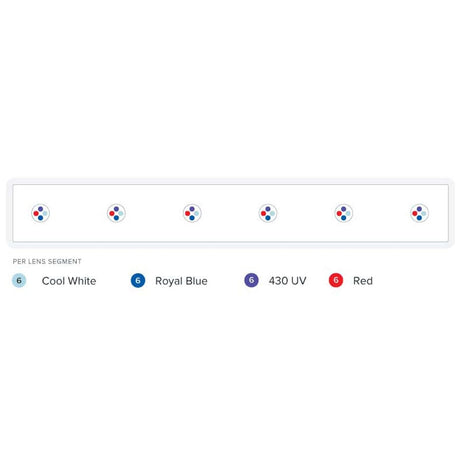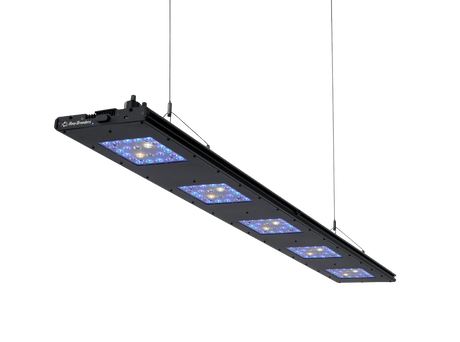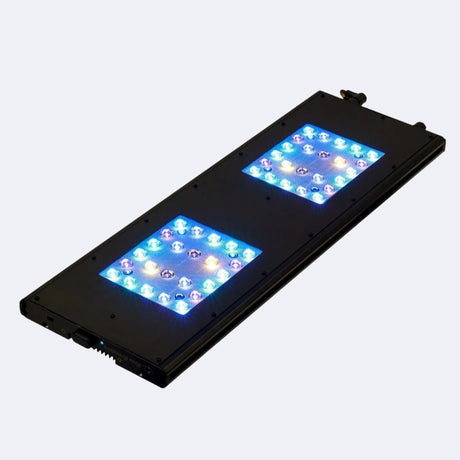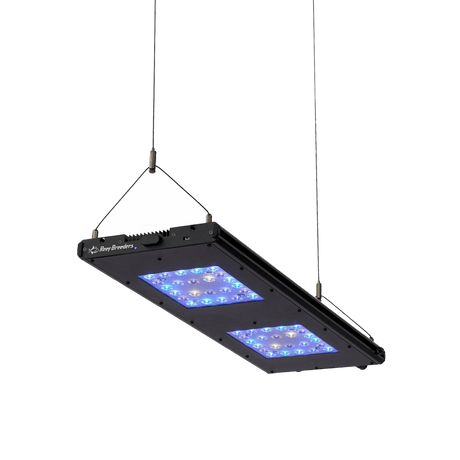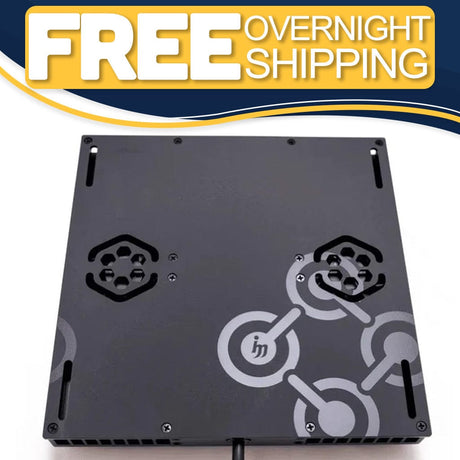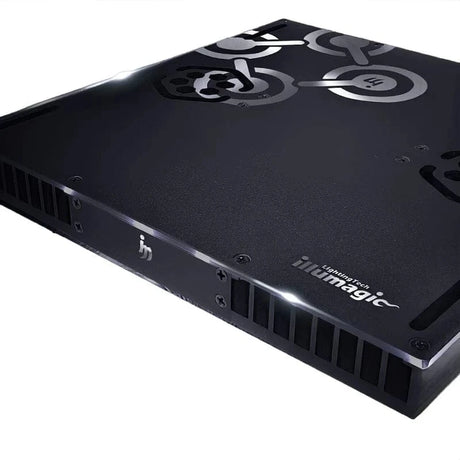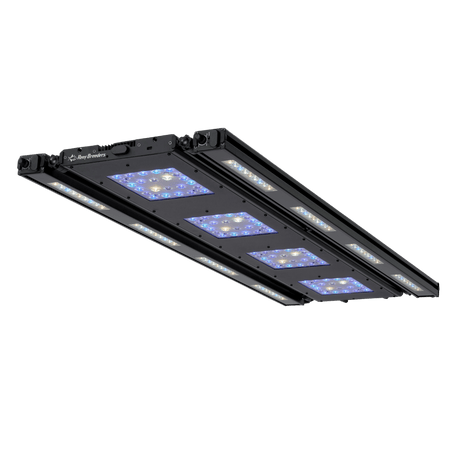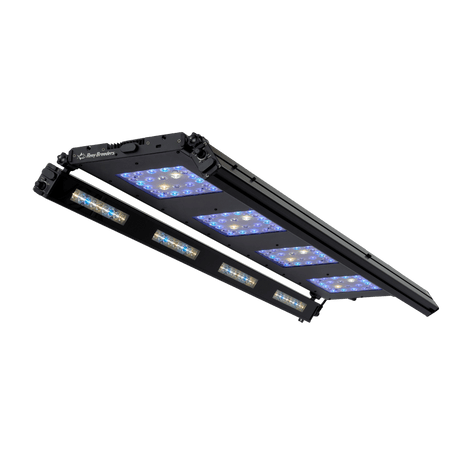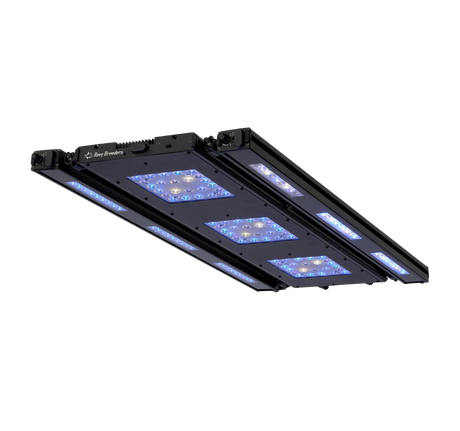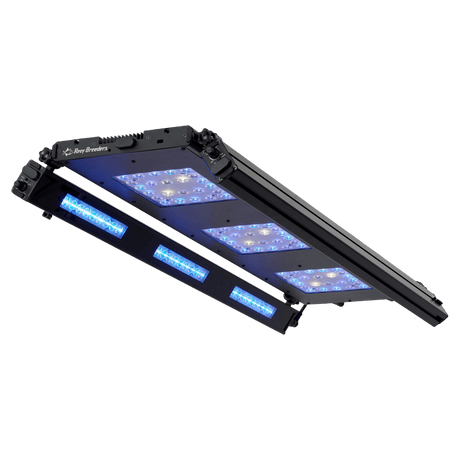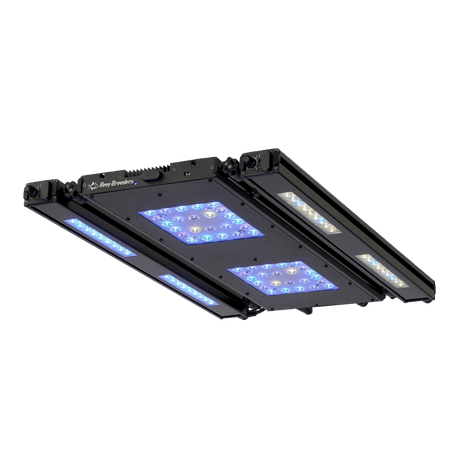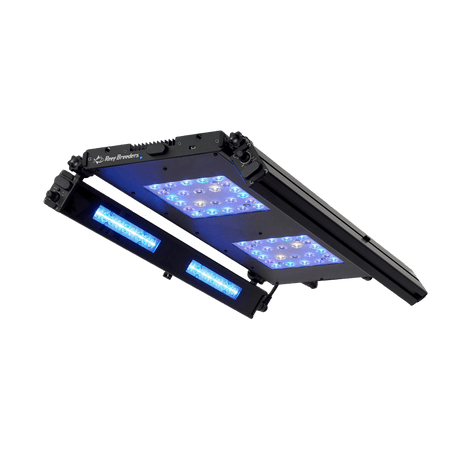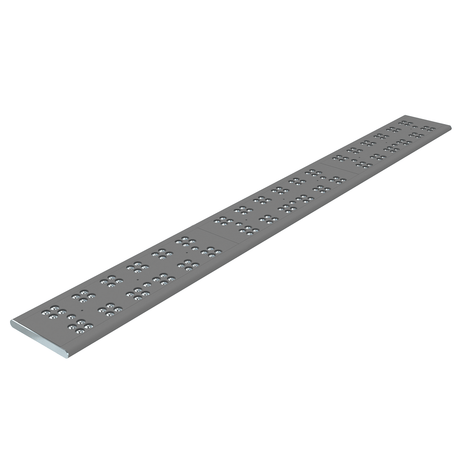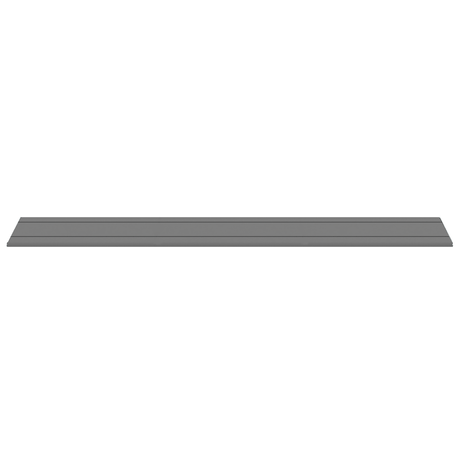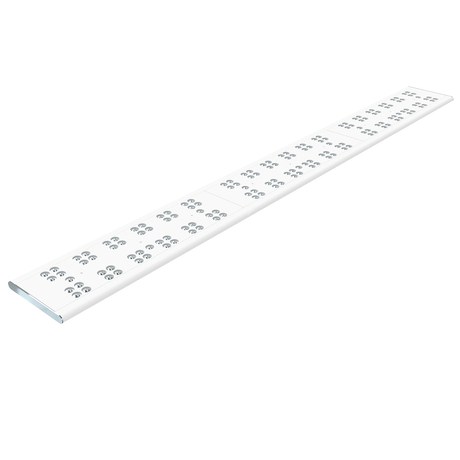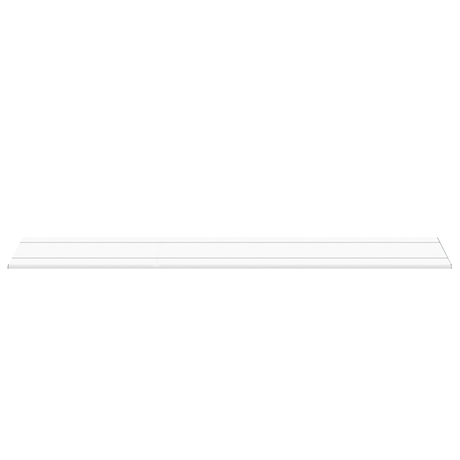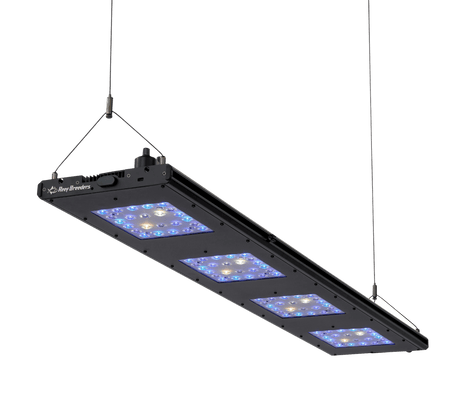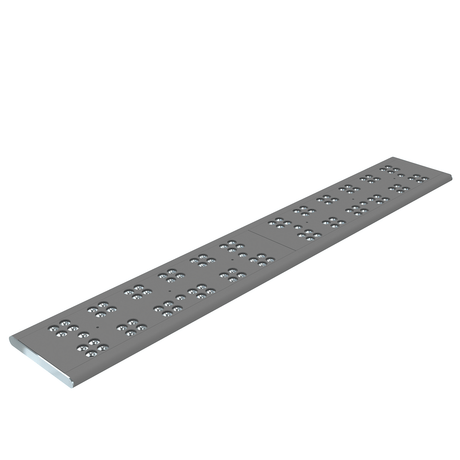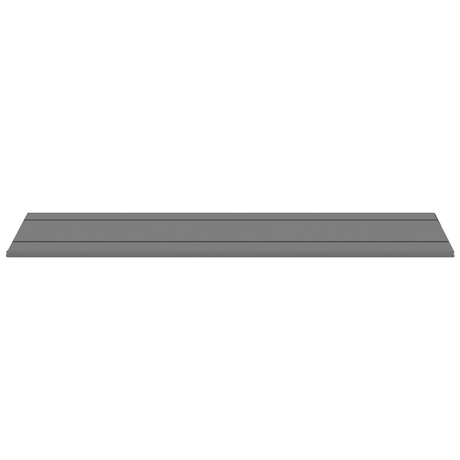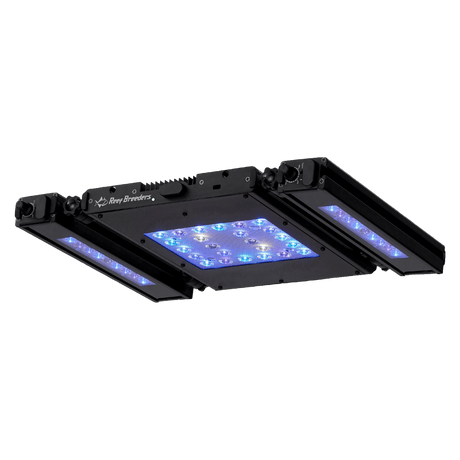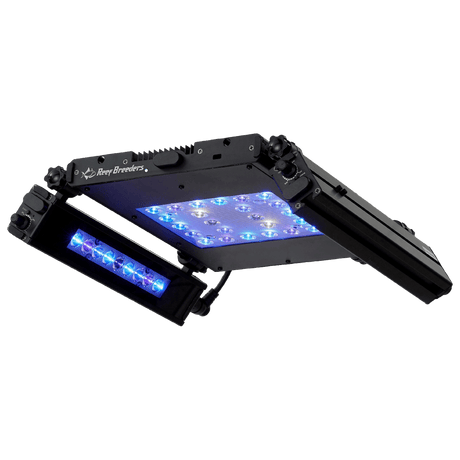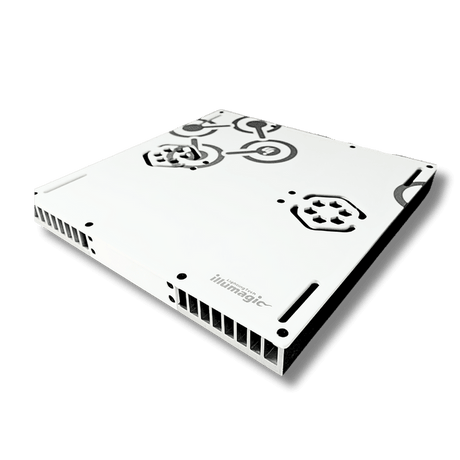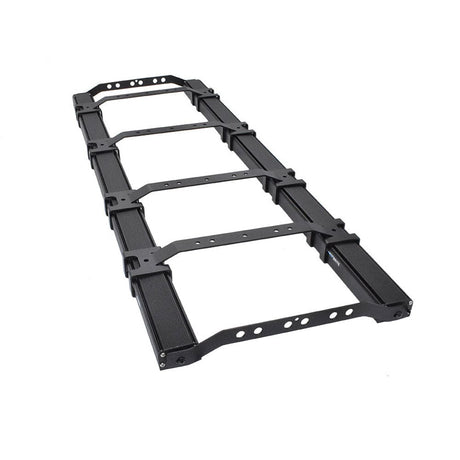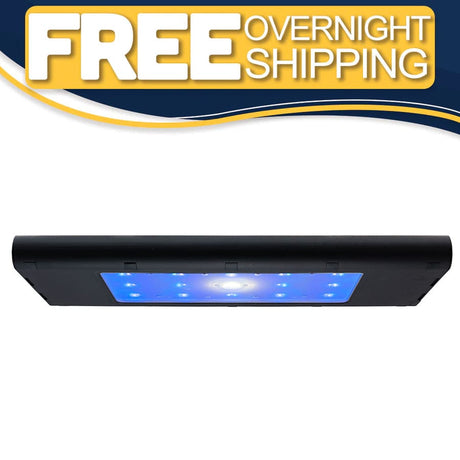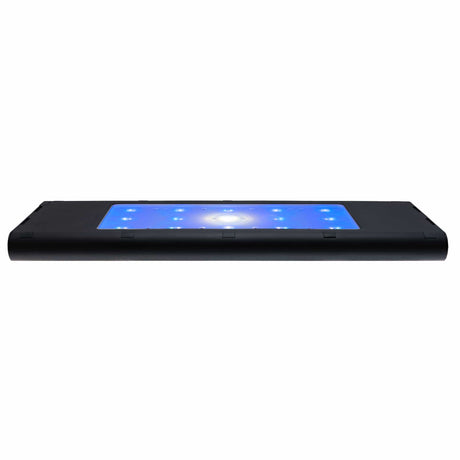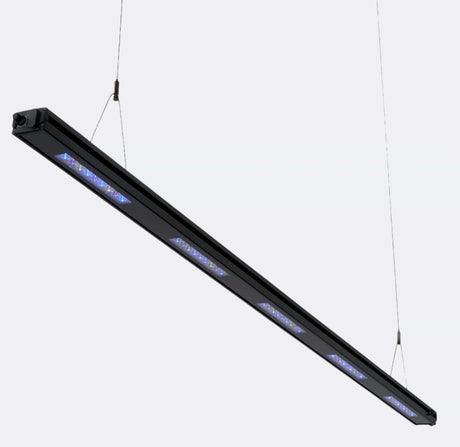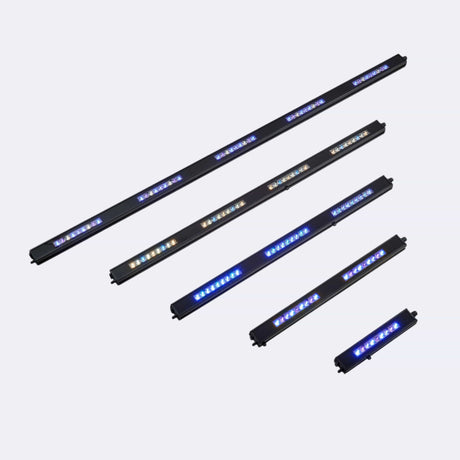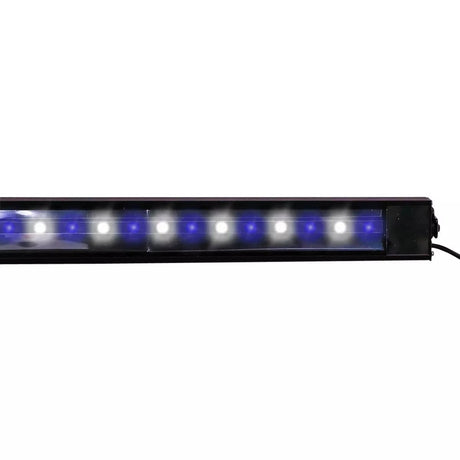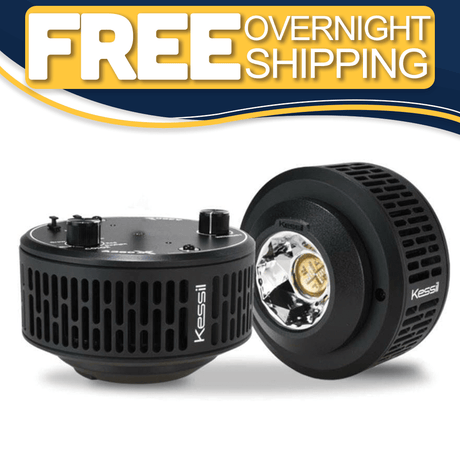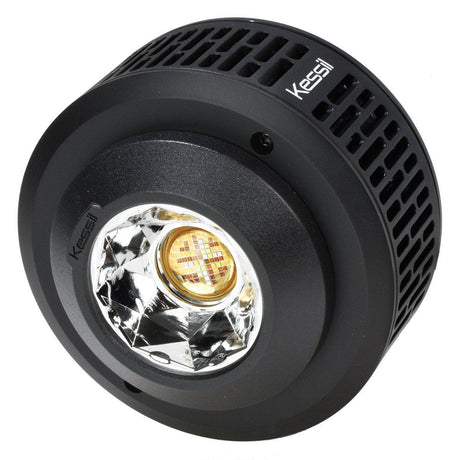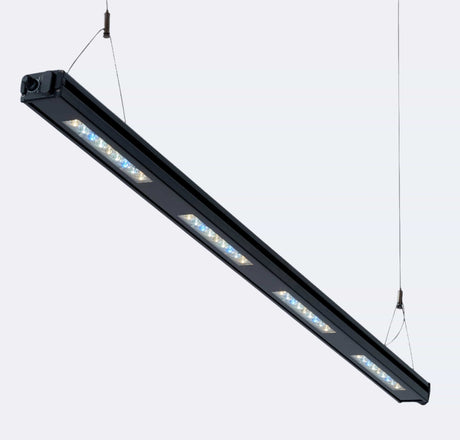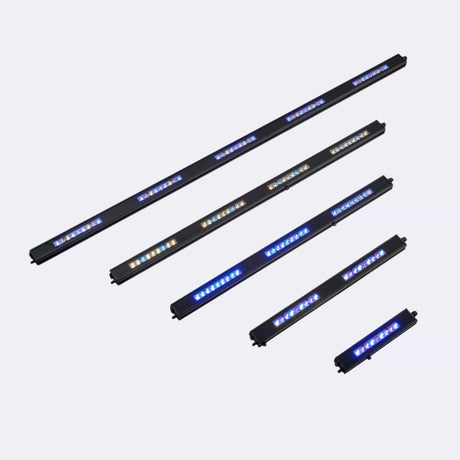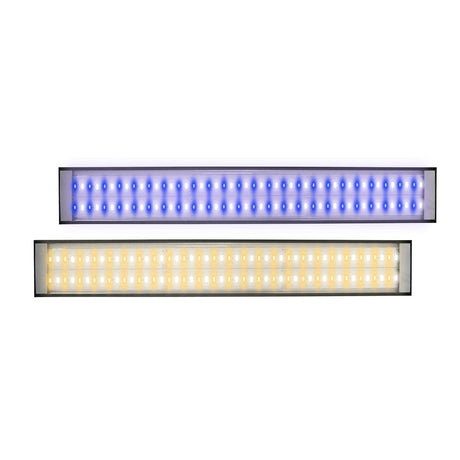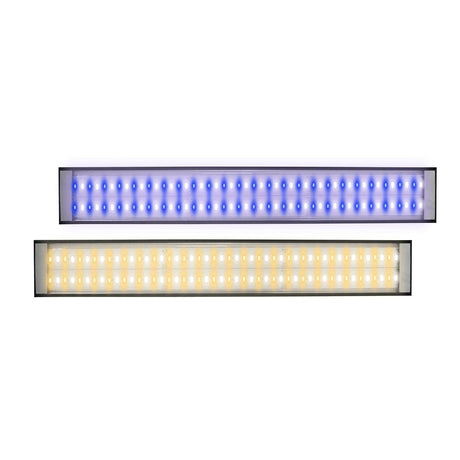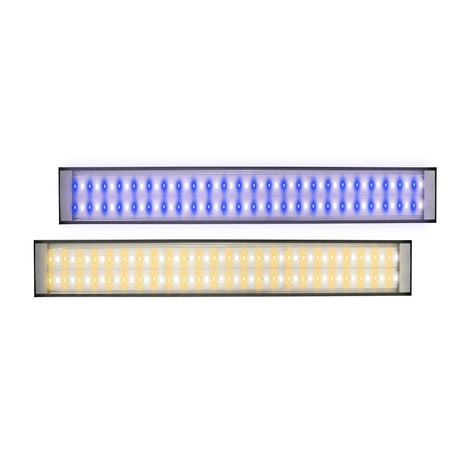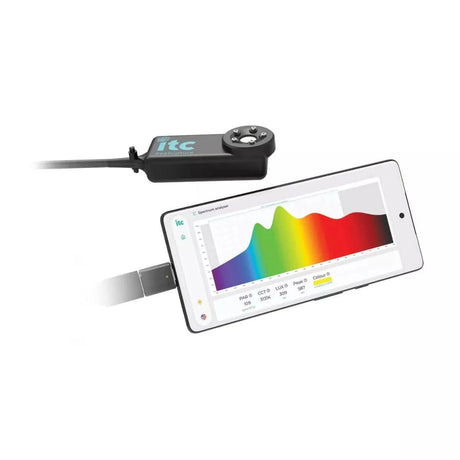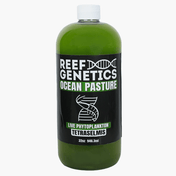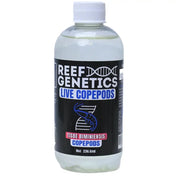Radion XR30 G6 Blue LED Light Fixture - EcoTech Marine
$89999$99999Unit price /UnavailableRadion XR30 G6 Pro LED Light Fixture - EcoTech Marine
$89999$99999Unit price /UnavailableHydra 64 HD LED Reef Light - Black - Aqua Illumination
$68399$75999Unit price /UnavailableHydra 64 HD LED Reef Light - White - Aqua Illumination
$68399$75999Unit price /UnavailableA500X Controllable LED Aquarium Light - Tuna Blue - Kessil
$72165$84900Unit price /UnavailableHydra 32 HD LED Reef Light - Black - Aqua Illumination
$40499$44999Unit price /UnavailableHydra 32 HD LED Reef Light - White - Aqua Illumination
$40499$44999Unit price /UnavailableRadion XR15 G6 Pro LED Light Fixture - EcoTech Marine
$47699$52999Unit price /UnavailableRadion XR15 G6 Blue LED Light Fixture - EcoTech Marine
$47699$52999Unit price /UnavailableReefLED G2 170 LED Light Fixture - Red Sea
$71900Unit price /UnavailableReefLED G2 115 LED Light Fixture - Red Sea
$45900Unit price /UnavailableReefLED G2 60 LED Light Fixture - Red Sea
$28900Unit price /UnavailablePrime 16 HD LED Reef Light - Black Body - Aqua Illumination
$23849$26499Unit price /UnavailablePrime 16 HD LED Reef Light - White Body - Aqua Illumination
$23849$26499Unit price /UnavailableAP9X LED Lighting Panel - Kessil
$81515$95900Unit price /UnavailableA360XE Controllable LED Aquarium Light - Kessil
$42415$49900Unit price /UnavailableBlade Coral Grow - Aqua Illumination
From $15299$16999Unit price /UnavailableBlade Coral Glow - Aqua Illumination
From $17999$19999Unit price /UnavailableBlade Refugium LED Light - 12" - Aqua Illumination
$16199$17999Unit price /Unavailable- $1,94999Unit price /Unavailable
- $1,14999Unit price /Unavailable
- $79999Unit price /Unavailable
- $45999Unit price /Unavailable
- $79900Unit price /Unavailable
Illumagic Pixel Fragger - Dalua
$9900Unit price /UnavailableIllumagic Pixel Reefer - Dalua
$9900Unit price /UnavailableIllumagic Pixel Refugium - Dalua
$9900Unit price /UnavailableMeridian 45 Edge Bar Bundle - Reef Breeders
$2,75999Unit price /UnavailableMeridian 35 Edge Bar Bundle - Reef Breeders
$2,26999Unit price /UnavailableMeridian 24 Edge Bar Bundle - Reef Breeders
$1,69999Unit price /UnavailableStraton Flex 153 Gen 2 - Anthracite Gray - ATI
$1,67295Unit price /UnavailableStraton Flex 153 Gen 2 - White - ATI
$1,67295Unit price /Unavailable- $1,49999Unit price /Unavailable
Straton Flex 102 Gen 2 - Anthracite Gray - ATI
$1,23295Unit price /UnavailableMeridian 11 Edge Bar Bundle - Reef Breeders
$1,14999Unit price /UnavailableIllumagic X4 Reef Pro - Limited Edition - Dalua
$99999Unit price /UnavailableReef Brite X36 Dual Add-On Kit
$74975Unit price /Unavailable
ReefLED G2 170 LED Light Bundle with Tank Mount - Open Box - Red Sea
$69190$81400Unit price /UnavailableHydra Edge 68 HD LED Reef Light - Aqua Illumination
$62999$69999Unit price /Unavailable- From $51999Unit price /Unavailable
Reef Brite 72" 50/50 XHO LED Strip Light
$48999Unit price /UnavailableA360X Refugium LED Grow Light - Kessil
$42415$49900Unit price /Unavailable- From $38999Unit price /Unavailable
Reef Brite 72" 50/50 Lumi Lite Pro LED Strip Light
$38238Unit price /UnavailableReef Brite 72" Actinic Blue Lumi Lite Pro LED Strip Light
$38238Unit price /UnavailableReef Brite 72" Freshwater Lumi Lite Pro LED Strip Light
$38238Unit price /UnavailablePARwise Pro USB Light Meter - ITC Reefculture
$37999Unit price /UnavailableHydra Edge 44 HD LED Reef Light - Aqua Illumination
$35999$39999Unit price /Unavailable
Aquarium Lighting FAQs
How do I choose the right light for my reef tank?
How do I choose the right light for my reef tank?
What spectrum is best for coral growth and coloration?
What spectrum is best for coral growth and coloration?
How many hours per day should I run my lights?
How many hours per day should I run my lights?
What’s the difference between PAR and spectrum, and why do they matter?
What’s the difference between PAR and spectrum, and why do they matter?
Can I upgrade my lighting without changing my entire setup?
Can I upgrade my lighting without changing my entire setup?

